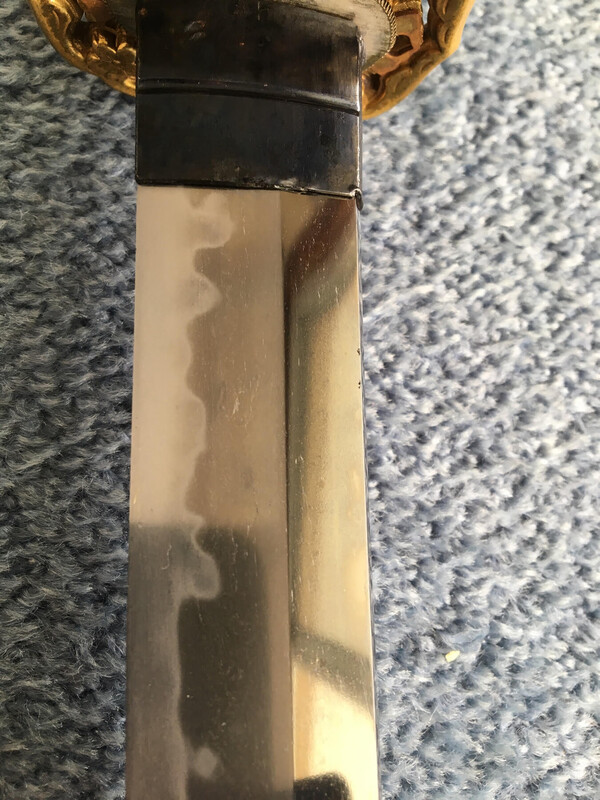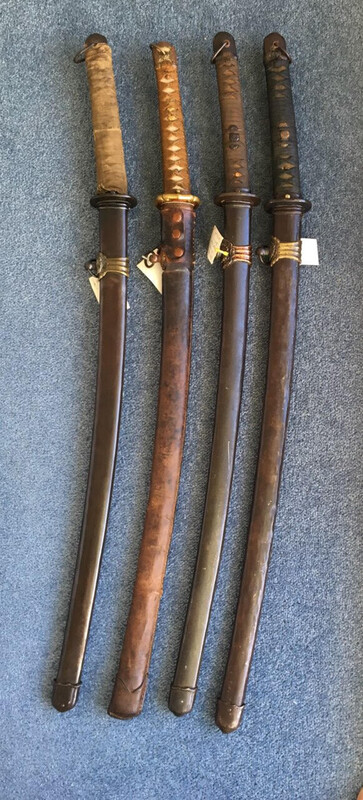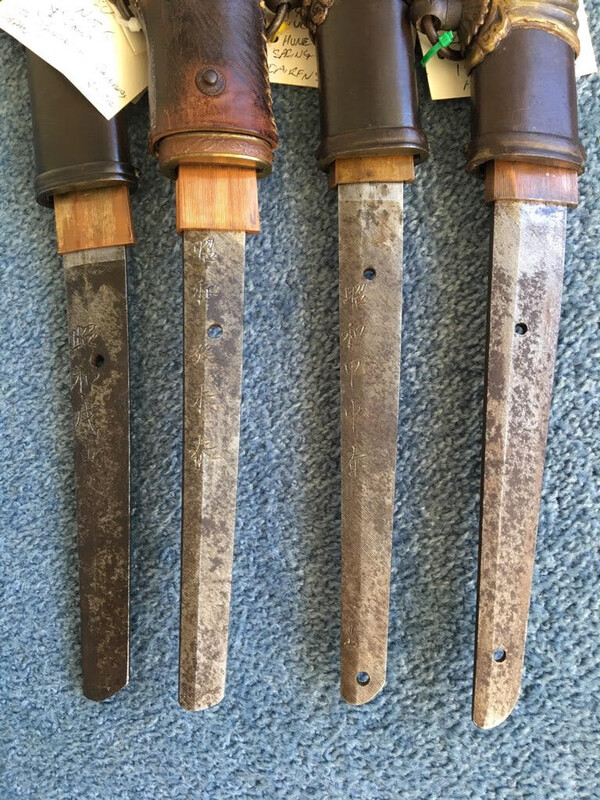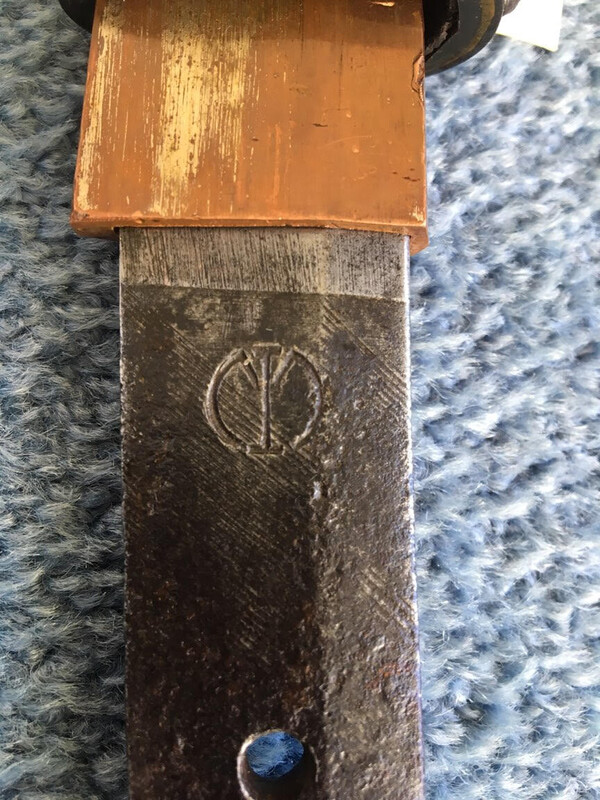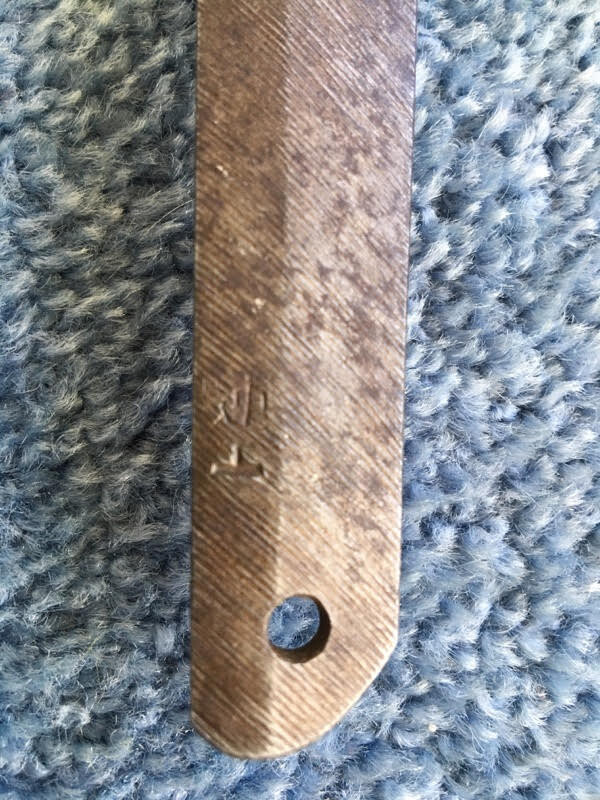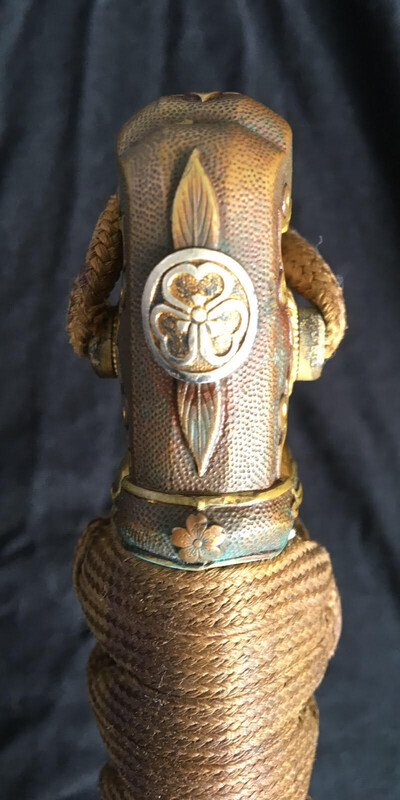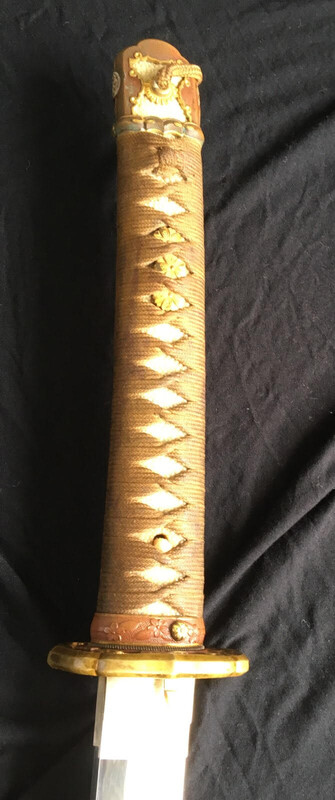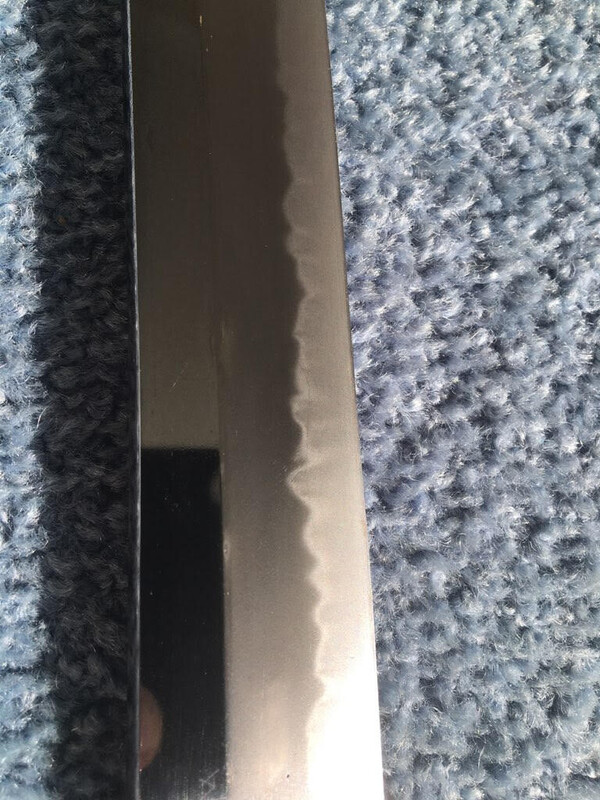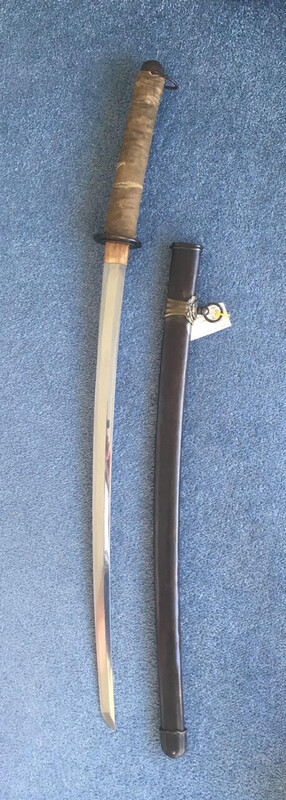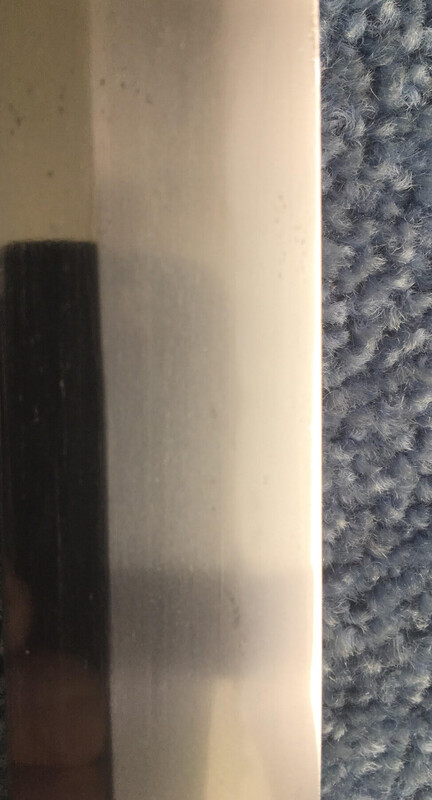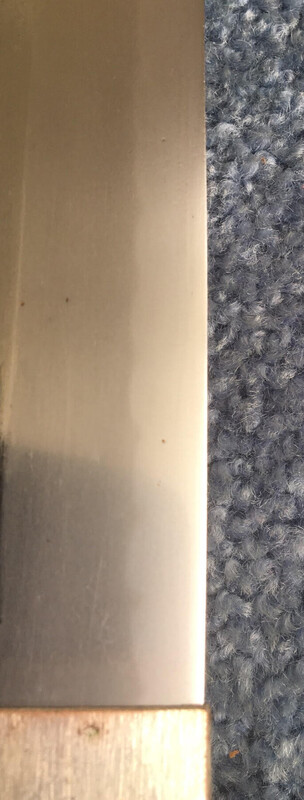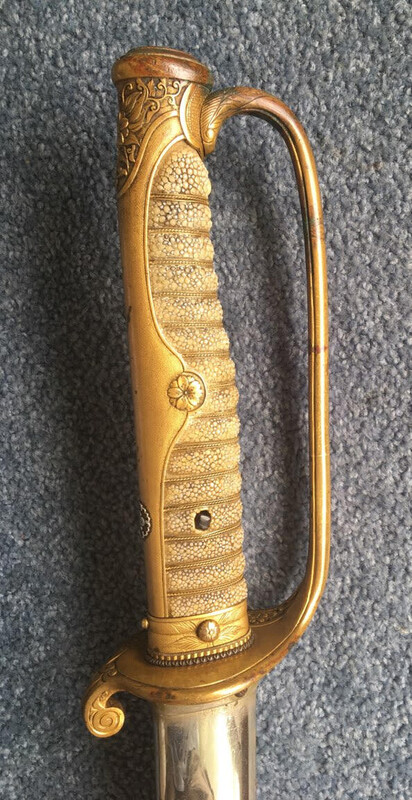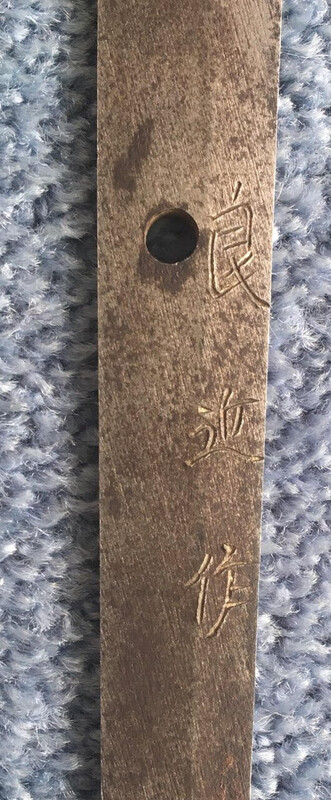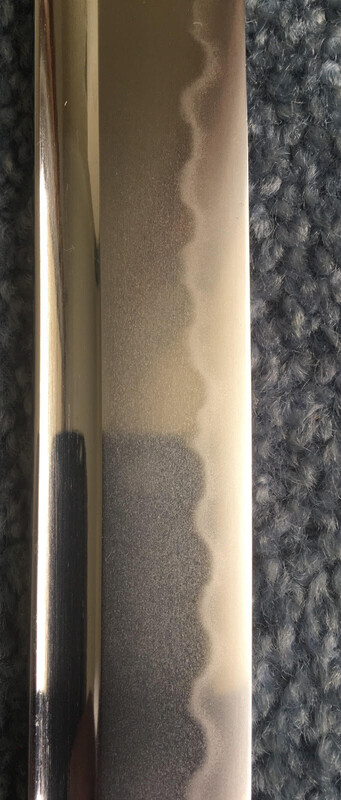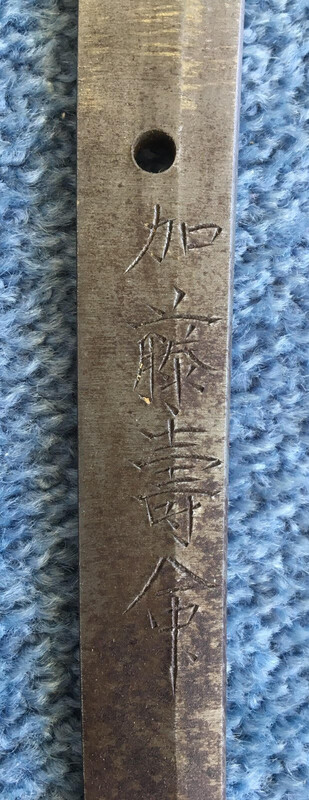-
Posts
1,902 -
Joined
-
Last visited
-
Days Won
85
Everything posted by IJASWORDS
-
The photo above was mine, and sold it last year. Jonathan, just be aware parts are impossible to find, and full size gunto parts don't interchange.
-
This is a linen example, has yellowed with age, I am sure many souvenir hunters ripped them off. Luckily this is one of the rare ones that survived.
-
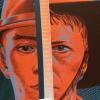
Collection of photos from WWII smith's
IJASWORDS replied to Itomagoi's topic in Military Swords of Japan
-
Dave, are you hinting at '"sword snobbery"? I have said many times that a machine made NCO sword for example, is a genuine part of Japanese sword history, because it was taken to war the defend the Empire. The military sword cannot be ignored or passed off as inferior, tell that to the troops who carried it into war, or attacked a tank with it when they ran out of ammo! Anyway, a sword is made of 2 parts, a blade and Koshirae. The military Koshirae is unique/varied/interesting/beautiful. The blade can range from a family heirloom, to one made of mill steel. A photo attached of a ancestral blade in military mounts, and papered, is this an inferior sword?
-

Attention Mantetsu Owners: A Survey
IJASWORDS replied to Bruce Pennington's topic in Military Swords of Japan
Hi Trystan, of course anything is possible, but in the case of the 1938, there is only one hole in the handle as well. And everything fits perfectly. At one time, I had similar thoughts to you, but wondered if the factory was cleaning out its factory of retained samples of blades, and decided to mount them, who knows. I only wish there was more information on this model, in the mean time the detective work continues. By the way Trystan, do you know of any Mantetsu blades in regular Japanese RS (type 3) mounts? -
Bruce, if you go to my last post in Mantetsu owners, a survey, you will see the 1938 MRS outfit with the cloth wrapped handle, and the blade stamped with the Railway stamp, and dated 1938. This reinforces my hypothesis that the MRS (blade and koshirae) sword was a unique and individual model in its own right. I suspect they were made for the Japanese troops stationed in Manchuria, and probably designed there. As PNSSHOGUN (John) suggested somewhere, the fittings have an almost Chinese design look about them. Remember in the Ohmura study, it is mentioned how Japanese blades would break in the cold Manchurian environment. And this was one of the drivers for a steel to be developed to withstand the cold. "Mantetsu". I have examples spanning 1938 to 1945, all with Mantetsu blades. So again, theories like, late war home defense swords, Rinji prototypes, etc, I think can be ignored. Another reason why these swords are so rare, and never show up in photos of swords surrendered in the Pacific.
-

Attention Mantetsu Owners: A Survey
IJASWORDS replied to Bruce Pennington's topic in Military Swords of Japan
Thought I would pull together Mantetsu/Koa Isshin swords from 1938 to 1945 inclusive (in date order) , I have the years in-between, but this is to show the variety of Mei. Bruce has the Mune stamps already. The purpose of doing this is to discover what other Mei may exist out there. The 1938 has a Manchurian Railway stamp, right through to the 1945, that only has a Mune stamp. -
A (Kurihara) Akihide. Much is written about Akihide, his politics, membership of Black Dragon Society, member of the Diet (parliament), and more importantly to sword students, established the Nihonto Tanren Denshusho in Tokyo. He had more than 50 students that went through his school. He is highly rated in his own right, a a superior sword smith, as are many of his students. This is a sword signed, and dated October 1943. Made in the Bizen tradition with Shinshinto characteristics. Silver mon with golden highlights, canvas saya cover, a fitting package for a nice blade.
-
By the way, thanks mecox and David Flynn for helping with information on the sword smith.
-
A sword signed, IZUMO KUNI JU TADAYOSHI SAKU, no date no stamps. There were father and son Shodai/Nidai making blades for the war effort. This is Shodai Kawashima (sometimes the name Kawajima is used) Tadayoshi, who worked in Izumo, now called Shimane Prefecture. The polisher took great steps to show off the Choji Gunome Midare Hamon.
-

Turtle shell sword grip. Legal to buy and sell?
IJASWORDS replied to pt1093's topic in Military Swords of Japan
I think what Paul is asking is can you import a sword with a turtle shell grip, that was made years ago. If you are not specific on the shipping documents about the components, it is ok. Just don't mention turtle, shark or ray skin, all items that lead to destruction of the item at Customs. Most endangered species components are illegal imports. -

I’m having a blade polished...
IJASWORDS replied to 16k's topic in General Nihonto Related Discussion
For what its worth, being a self taught polisher, is akin to being a self taught lover, they are both playing with themselves. -
I don't want to hijack my own thread, but here is another Manchurian RS sword from my stash. Note the "RAIL" stamp, it doesn't look like it could be converted into a "P", as Bruce suggests, but nothing is imposible. Also interesting is that the mune numbers in Japanese characters 2430, are stamped on the fittings in Arabic numerials. Has anyone come across this before?
-
Bruce, I was hoping you or some other expert could do it. Have you seen that "P" stamp before?
-
Debate rages on whether or not Mantetsu swords are true nihonto, in spite of them receiving papers recently. Here is a Winter 1938 example, with the rare South Manchurian Railway stamp, and mune stamp, N156. This very early production specimen exhibits hada, hamon, and habuchi, all evidence of nihonto. It is mounted in Manchurian RS mounts (made in Manchuria, for the severe weather conditions), that some may say are late war, but I would disagree that they are late war, as I have collected many examples that span many years. So unless any critics of this hypothesis have a cupboard full, or studied them at length, I am sticking to my theory. F&G, and later repeated by Dawson, hypothesized that they were late war Japanese home defense swords, based on very few examples they had seen, and extrapolating then that they were a roughly made RS model. Not so, they are a model in their own right, made in Manchuria for Manchuria. Also note interesting markings on fittings.
-
Hamish, good to see an EMURA in '98 mounts, as many are in RS (type44) mounts. And what a NICE blade you have! My '98 EMURA (no date no stamps), also has numbered blade, and numbered fittings. Keep the GENDAI blades coming!
-
Renowned for their cutting ability, (Mori) YOSHICHIKA, was selected to make swords for the Japanese Imperial Guard. Some of his blades even have cutting tests engraved, where they were tested on pigs, (dead ones I hope!). From my research, there were father and son, (Shodai and Nidai) YOSHICKICKA. This blade was found in very old 'D' Guard mounts, so it is Shodai. There is however no date, no stamps. He resided in Tokyo, and made swords in the Taisho and Showa periods. Rated as a 1.5 million Yen smith, he is regarded as a high-grade Gendaito. This example exhibits mokume hada, gunome-midare hamon?, and habuchi. I would appreciate seeing other other examples of YOSICHICKA work and mei for my research.
-
Thanks Marco, yes it was the ornate border that threw me. I think you found it!
-
-
Brandon, same length and thickness as a normal blade.
-
Another (Kojima) KANENORI. SEKI JU KOJIMA KANENORI SAKU, no date. In war time polish. This time its the less common KOGARASU MARU shape. Little Crow shape I think its called. It would have had a leather combat cover, now gone. I guess a special order as its not the usual military issue. It has a few blemishes, nothing of concern, but would be nice polished.
-
A Kato Jumyo, a Gifu sword smith, no date no stamps. Has an interesting inscription, in todays vernacular, "even if you are in the sh*t, remember your obligations".
-
Got a request to show differences in fittings between the EMURA and NAGAMITSU. Notice the difference in the suspension ashi.
-
Bruce, thanks for the info. NO, there is no star stamp.






